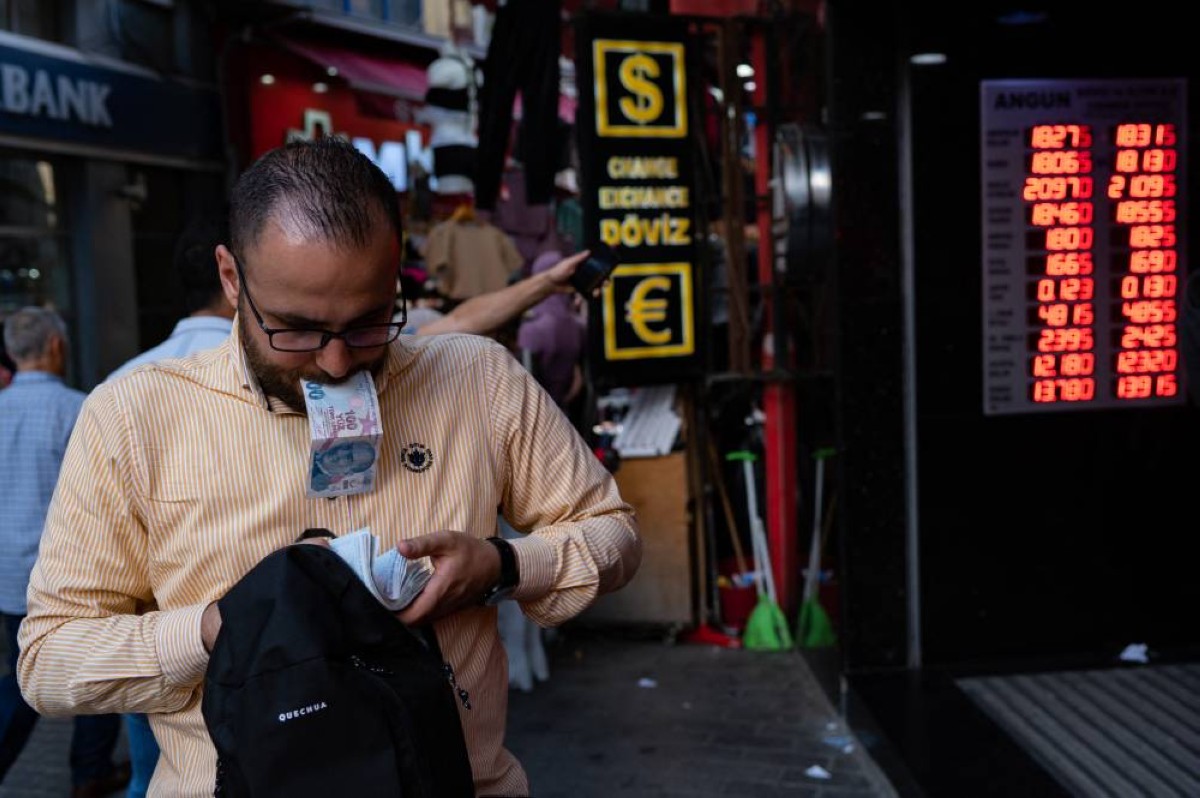US economy remains resilient as consumer confidence rises
KUWAIT: In November 2023, the US economy witnessed a rebound in consumer confidence, reversing a trend of three consecutive monthly declines.

NBK MONEY MARKETS REPORT.
This rise in sentiment was primarily driven by an improvement in expectations, despite persistent concerns over inflation and interest rates. The Consumer Confidence Index, as reported by the Conference Board, climbed to 102.0 from a downwardly revised 99.1 in October, and above expectations of 101.0. The surge in confidence was predominantly observed among older households, while younger consumers remained more cautious about their financial prospects.
The US Gross domestic product showed expansion in the third quarter, coming in at 5.2 percent compared to the initial reading of 4.9 percent and exceeding expectations of 5 percent. The news release, which followed a higher-than-expected Conference Board consumer confidence data, indicates that the US economy continues to show signs of resilience and sustained growth despite the tightening policies. The growth marks a significant increase from the second quarter’s rate of 2.1 percent. The news was also followed by an easing in unemployment rate which dropped from 233k to 209k in November, further supporting the argument that the US economy is withstanding higher rates. The data seems to support the narrative that a possible soft landing is achievable for the Fed.
The latest core personal consumption expenditure price index, which excludes the volatile food and energy components advanced 3.5 percent YoY the Fed’s preferred gauge of underlying inflation. Meanwhile, overall PCE price index is running at 3.00 percent, the smallest gain since March 2021 yet still above the feds 2 percent target. One of the FOMC’s hawks signaling no more hikes and even potentially opening the door to policy easing. Fed governor Chris Waller said that “If you see this [lower] inflation continuing for several more months, I don’t know how long that might be — 3 months? 4 months? 5 months? — you could then start lowering the policy rate because inflation’s lower.”
US unemployment claims.
US unemployment claims rose to 218,000 last week, up 7,000 claims from 211,000 the week prior on a seasonally adjusted basis. About 1.9 million workers continue to claim unemployment benefits, the highest level in two years. That number had been generally on the rise over the past two months, suggesting unemployed workers are increasingly having a harder time finding new jobs. Overall, the labor market remains resilient, but Thursday’s figure is the latest indication its strength is fading.
The US dollar index closed the week at103.193.
In her recent speech, European Central Bank President Christine Lagarde emphasized the ECB’s vigilant and focused approach to monetary policy amid current economic challenges. This stance comes after a significant hike cycle in interest rates by 450 basis points over the last year to counter inflation. Despite these measures and the current economic data, the ECB remains cautious, closely monitoring inflation trends, wage dynamics, and labor market conditions.
In a meeting with EU lawmakers, European Central Bank President Christine Lagarde warned that now “is not the time to start declaring victory.” Additionally, she warned that the central bank will “need to remain attentive to the different forces affecting inflation and firmly focused on our mandate of price stability.” Lagarde also reiterated the ECB’s guidance that current rates would need to be held for a “sufficiently long” period of time. Furthermore, she acknowledged that the current environment of elevated rates, slow growth, and softening labor market will be key to bring inflation down to their 2 percent target.
Australia’s inflation eased in November more than expected. With the consumer price index coming at 4.9 percent, significantly lower than the previous rate of 5.6 percent, and lower than the expected 5.2 percent. The drop is mainly contributed by a fall in the prices of goods, while core inflation also edged down. The fall in inflation affirms that the central bank’s approach is yielding results, hinting that higher interest should be kept at the current rates. The Australian dollar dipped to 0.6637 before currently stabilizing at around 0.6645 against the US dollar.
The AUD/USD currency pair ended the week at 0.6672.
OPEC+ meeting
The Organization of Petroleum Exporting Countries and its allies, also known as OPEC+, assembled for a meeting to decide their next production policy steps on Thursday. They have agreed to make an additional voluntary cut to oil production in 2024 in an attempt to support the current market conditions. Saudi Arabia pledged to extend an existing voluntary cut of 1 million barrels per day until the end of the first quarter while Russia also announced that they will deepen its existing voluntary cuts in exports to 500,0000 barrels per day from the previous of 300,000 mainly due to rise in supply from rival producers.
In addition, other members including the UAE’s state news agency saying it would voluntarily cut by 163,000 bpd in the first quarter, while Iraq and Kuwait said they would cut by 211,000 bpd and 135,000 bpd respectively. Oman, Algeria, and Kazakhstan also pledged additional reductions. With that said Brent Crude fell by 0.2 percent to $80.72 a barrel, while US West Texas Intermediate crude fell by 0.2 percent to $75.84.
Kuwaiti dinar
USD/KWD closed last week at 0.30770.











